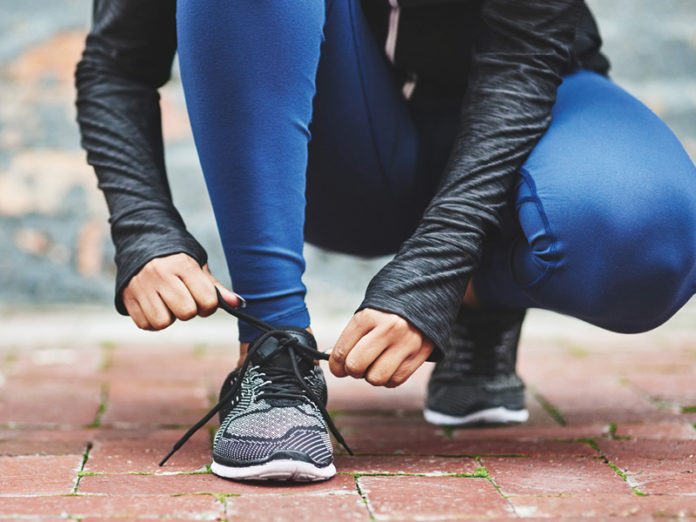
There are hundreds of running shoes on the market so how do you find the right one for you? Shoe choice is extremely individual and is impacted by foot shape, foot and ankle motion, overall form and gait mechanics, running experience, chosen running discipline, and personal injury history.
With all this complexity, here’s how to make an informed choice.
Purchasing Timing & Psychology
If possible, set aside a dedicated time to go shoe shopping when you won’t be rushed, stressed and impulsive, preferably when the store is quiet. Trying shoes later in the day also helps as it will take account of foot swelling and associated volume increase.
Shoe Size
Try not to assume you know your shoe size. Have both feet measured accurately and try on more than one size in each model. Under-sizing is a particularly common mistake.
Shoe Type: Neutral, Stability or Motion Control
Having analyzed data from thousands of runners, it’s clear the majority of runners need a neutral type shoe. Added motion guidance in a shoe should generally be reserved for runners whose foot-ankle motion is known to be leading to injury problems. If you suspect this applies to you, consult a qualified medical professional for additional help.
Shoe Style: Stack Height, Heel Drop & Weight
This is a Pandora’s Box of conflicting information. In truth, there are no rules and you must learn what works for you through trial and error. The best advice I can give is:
- Go to stores with a wide shoe selection and compare them while walking and running on a treadmill
- Consider a comprehensive professional gait analysis including a shoe comparison.
Feel is King
Most important is how the shoe feels when you first walk in it and run on the store’s treadmill. Consider:
- Does the shoe grip or slips against your heel or dig into your Achilles?
- Be aware of the lacing molding naturally to your foot shape.
- Feel whether the lateral shaping cuts into the sides of your feet.
- Test the toe box for shape and space to accommodate your foot as you strike the ground.
- Sense the flex of the upper and midsole and the way the shoe reacts off the ground.
- Choose shoes that work with what your feet want to do and enhance it.
- Avoid shoes that restrict, limit, or over-control.
Variety
Running in two or more styles over various terrains and distances helps keep the nervous system primed and promotes improved functional strength and dynamic stability.
















